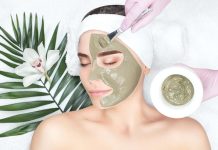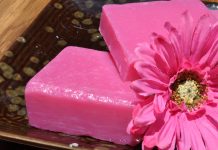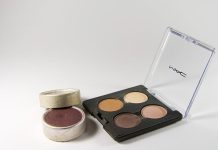In the ever-evolving world of skincare, serums have emerged as the crown jewels of many beauty routines, promising targeted solutions with potent ingredients. As beauty aisles brim with a dazzling array of these concentrated elixirs, a pressing question arises: Is layering multiple serums a skincare necessity or merely a trend-driven indulgence? This article delves into the science, benefits, and potential pitfalls of using multiple serums, guiding you through the complexities of crafting a routine that’s as effective as it is indulgent. Join us as we explore whether more truly means better in the quest for radiant skin.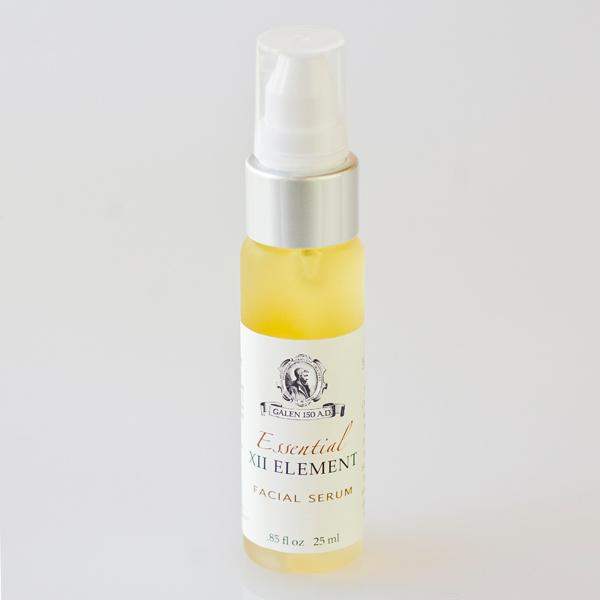
Layering Logic: Understanding Serum Synergy
In the quest for glowing skin, the art of layering serums has become a strategic endeavor. Understanding the synergy between different serums can unlock their full potential. Each serum is formulated with specific active ingredients that target distinct skin concerns, from hydration to brightening or anti-aging. When layered correctly, these products can complement one another, creating a harmonious blend that addresses multiple issues simultaneously.
- Hydration: Hyaluronic acid serums provide a moisture-rich base, enhancing the absorption of subsequent products.
- Brightening: Vitamin C serums can be layered to combat dullness and even out skin tone.
- Anti-Aging: Retinol and peptides work together to reduce fine lines and promote collagen production.
However, it’s crucial to consider the formulation and pH level of each serum. Overlapping incompatible ingredients can lead to irritation or diminished effectiveness. A strategic approach ensures that each layer works in harmony, enhancing the skin’s natural radiance without overwhelming it.
The Science Behind Serum Ingredients and Their Interactions
Understanding how serum ingredients work together is crucial for optimizing your skincare routine. Each serum is typically packed with active ingredients designed to target specific skin concerns. However, when combining serums, it’s essential to consider their interactions. Some ingredients may complement each other, enhancing their effectiveness, while others might counteract or irritate the skin.
- Hyaluronic Acid pairs well with Vitamin C, boosting hydration and brightening effects.
- Retinol should be used cautiously with AHAs or BHAs to avoid excessive irritation.
- Niacinamide can be a versatile addition, calming inflammation and reducing sensitivity from other active ingredients.
Incorporating multiple serums requires a keen understanding of your skin’s needs and tolerance. By paying attention to how these ingredients interact, you can create a harmonious routine that addresses multiple concerns without overwhelming your skin.
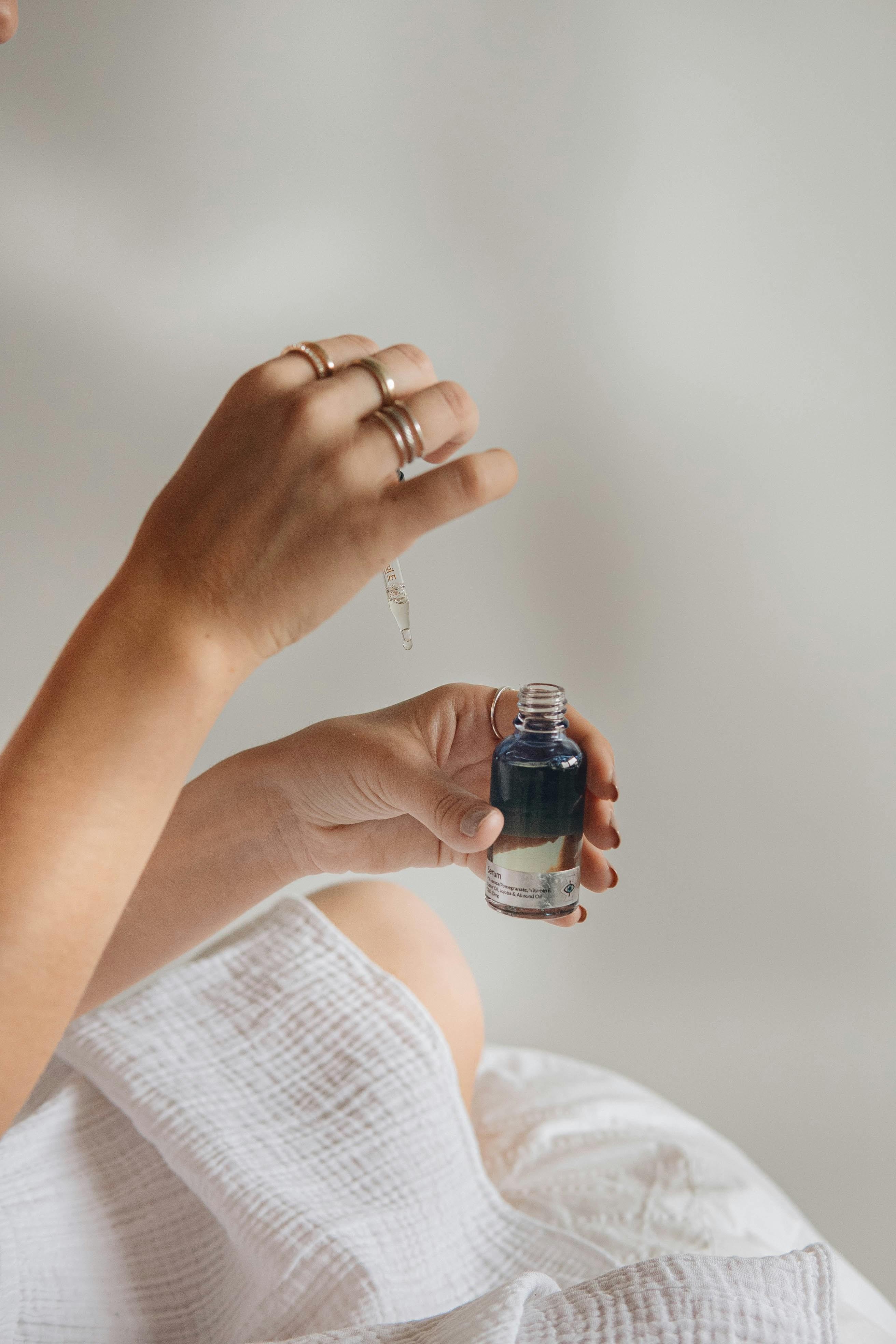
Finding Balance: Tailoring Your Routine to Skin Needs
Every skin type is unique, requiring a personalized approach to achieve that perfect glow. While the allure of multiple serums can be tempting, it’s crucial to assess what your skin truly needs. Overloading your routine can sometimes lead to irritation rather than improvement. Consider the following:
- Skin Concerns: Identify your primary skin concerns—be it hydration, anti-aging, or acne—and choose serums that target these specific issues.
- Ingredient Compatibility: Be mindful of how ingredients interact. Some actives, like retinol and vitamin C, can be too harsh when layered.
- Seasonal Adjustments: Skin needs can change with the seasons. A heavier serum might be necessary in winter, while a lightweight option could suffice in summer.
Finding balance in your skincare routine is about listening to your skin’s needs and adjusting accordingly. It’s not about how many products you use, but how well they work together to enhance your natural beauty.

Expert Recommendations: Crafting a Personalized Serum Strategy
Experts suggest that a personalized serum strategy can elevate your skincare routine, tailoring it to meet specific needs. Crafting this strategy begins with understanding your skin type and concerns. For those battling acne, a serum with salicylic acid might be beneficial, while those seeking anti-aging solutions may opt for serums rich in retinol or peptides. It’s crucial to prioritize and layer serums effectively, ensuring that each one can penetrate the skin and deliver its benefits without interference.
Consider these expert tips when building your serum lineup:
- Start Simple: Begin with one or two serums to address your primary skin concerns.
- Layer Wisely: Apply water-based serums before oil-based ones to enhance absorption.
- Patch Test: Always test new serums on a small skin area to prevent adverse reactions.
- Time Your Application: Use serums at appropriate times; for instance, retinol is best applied at night.
By thoughtfully selecting and layering serums, you can create a routine that effectively targets your skin’s unique needs, maximizing the benefits of each product.

